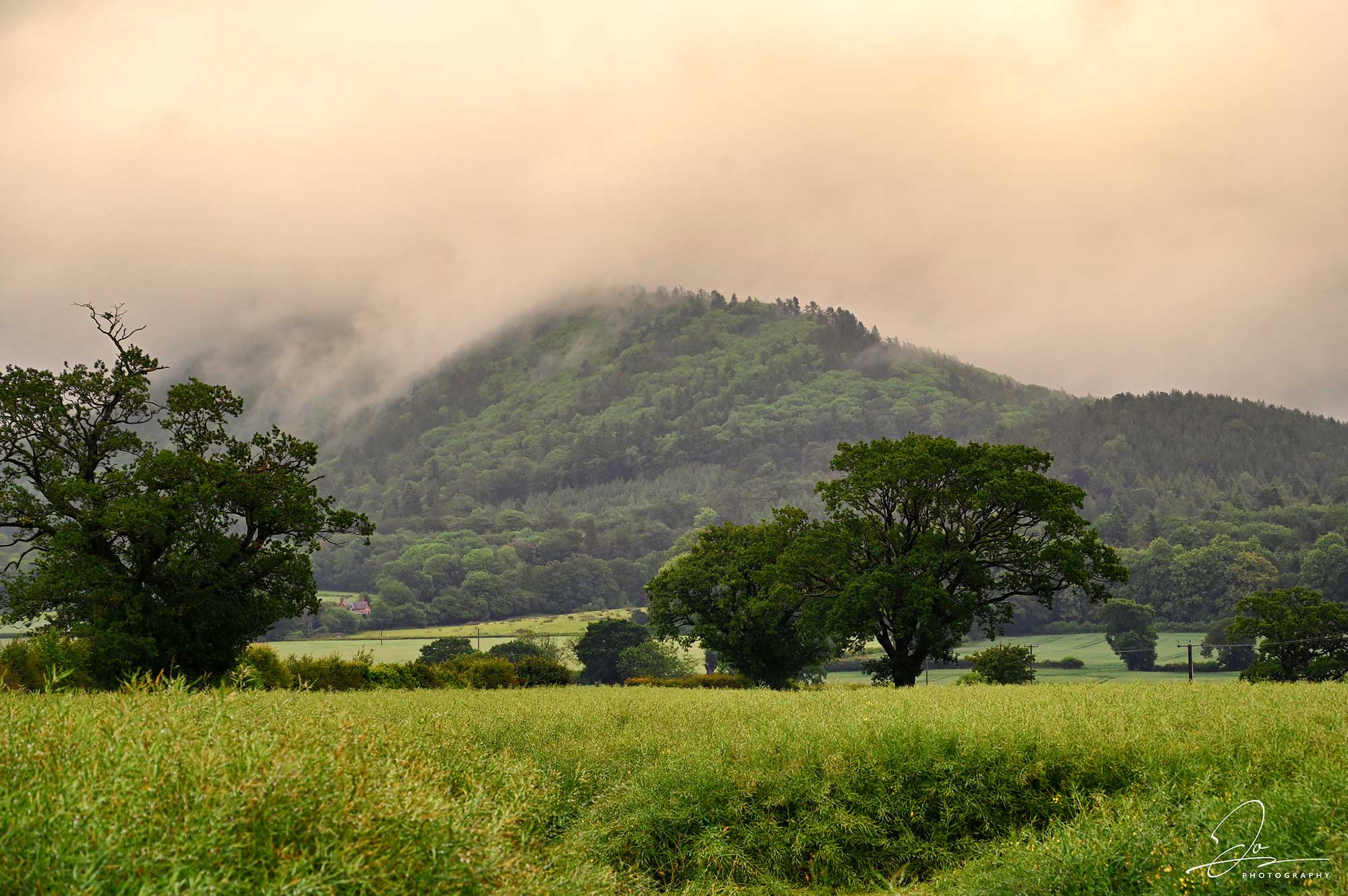Car Dealing
I thought I’d buy me a real good car,
but I didn’t intend to go very far,
I rushed to the place just down the road,
after I’d brushed up on my highway code.
There were Fords and Daimlers all in a heap,
to top the lot there was a one-wheeled jeep.
Then the man rolled up with a big spare tyre,
and a face with no chin just a little bit higher.
He kept on talking and naming each make,
until I wished he’d shut up for Pete’s sake.
At last, he decided to show me around,
so I followed his footsteps over the ground.
He showed me a car that was riddled with rot,
I said, ” I think it’s a leak in the roof that you’ve got”.
He looked at me in a terrible way,
and I thought to myself “what else can I say?”
Then he smiled or at least he tried
and suggested that we should go for a ride.
We jumped in a car and changed up a gear,
it was then we discovered there was nothing to steer.
We twisted and wobbled all down the street,
it was like pedalling a bike without any feet.
I’d almost forgotten it might have a brake,
so I put my foot down and it stopped with a shake,
We got out, I’d had my lot,
and ran straight home like a bloomin’ shot!
-© D.G. Phillips
The Old Carpet
I’m stepped upon by every foot,
my pattern’s not quite plain.
But what do you expect with chimney soot,
and an odd tea and coffee stain?
There’s a patch that’s wearing by the door,
my edge is slowly getting frayed,
I get no warmth from the tiled floor,
sometimes I wish that in the shop I’d stayed.
But once when I was very new,
no one was allowed into my room,
they used to groom me too,
but I’ll be useless very soon.
– © D.G. Phillips
Silent Moon
Oh, silent moon,
moon of eternal light,
mingled with the ray of darkness,
the lonely lighter of the night.
What words have you heard uttered?
What words of love?
How many windows have you seen shuttered?
As you float there up above.
– © D.G. Phillips
Poet’s Praise
When you read a poem,
have you ever thought,
the little feelings that the poet sought?
The way in which he wrote his words,
the sad ones and the gay,
that was how he felt,
when he wrote it on that day.
He may have been in dreamland.
He may have been in life,
but on that precious paper,
he inscribed the scene which met his sight.
He may have spoke in anger,
or in a gentle way,
But as long as you have that paper,
that poet’s still alive today.
– © D.G. Phillips
To take and hold this dream,
have I the right?
You and time alone can say,
is not the dream so bright,
wonderful and gay?
You are my only dream for life,
are your dreams of me?
The day dreams and the ones at night,
only time will tell us what will be,
one day we both shall see.
There will be a time when life spins by,
will it stop or spin away?
Be true at heart my dear,
no, I believe our dreams will stay,
other thoughts will pass away.
– © D.G. Phillips
Mystery In Movie
Devils, demons, ghostly forms,
spirits, voices, chains,
and dead men’s moans.
Bones that rattle,
bones that shake,
weird mysterious whispers,
when rotting bodies wake.
Shapes of darkness,
moving lantern lights,
eyes that light up,
horrible ghastly sights.
Still silent moments,
deep pounding hearts,
waiting for the moment,
when life departs.
– © D.G. Phillips
T.V Western
We sit by the fire watching t.v at night,
and forget about the folks outside,
and join in the big gunfight,
then take our place on the stagecoach ride.
The western hero is yourself,
as he goes down to the draw,
then you look at the clock on the mantle shelf,
and the commercials are on once more.
Then back to the box, your eyes all go,
as you see the villain die.
His comrades drop their red hot guns and so,
reach up towards the sky.
– © D.G. Phillips
Love And Death
Many’s the time we dream of love,
and beautiful gardens in heaven above.
But these things we will never know,
until to answer the call of love and death we go.
One day we may see a girl we’ll never forget,
and we’ll know love has come to bring happiness or regret,
for she may well belong to another,
and we will give the world one more lonely lover.
But we may be able to call her our own,
and we can build all our hopes on a magical throne.
But when death calls we must end our schemes,
and live forever in a dream of dreams.
– © D.G. Phillips

A little about my home town, Wellington and the spiritual heart of Shropshire, the Wrekin.
Wellington was built on the edge of Watling street, the legendary ancient road that the Romans built to link London with their important city of Viriconium, now better known as Wroxeter. Over time it grew in importance as a medieval market town, with its first charter being granted in 1244. With the development of the iron industry and growth in the coaching trade, prosperity came to the town, helped particularly by Thomas Telford’s great road from London to Holyhead in 1835 – which incidentally went through Wellington en-route. We have a long history of industry ranging from cloth processing, leatherwork, timber and furniture not to forget the manufacture of agricultural implements which were rated among the world’s best.
Its name is approximately 1,400 years old, originally called “Weo-leah-inagton”, which means settlement by the temple in the grove. This implies a heathen temple, a place of non-Christian, pre-Christian worship.
Despite Wellington’s name, it is not connected with the Duke of Wellington in any way. However, its main claim to fame is that it was here, in Wellington that King Charles I was staying in an Inn when he declared war on Parliament. The town hosts the well-known Wellington Literary Festival each year, and the poet Phillip Larkin once worked at the town’s library. Another well-known Wellington face includes the abolitionist Dr William Withering who was born in the town in 1741. Withering investigated Digitalis, a medicine used in the treatment of heart disease.
Seek the spiritual heart of Shropshire and you’ll find the Wrekin, a wooded hill of 1,335 feet, it is perhaps Shropshire’s best-known landmark, and plays an important role in Shropshire folk-lore. To us it represents home, and we love it. Visitors, pilgrims, honoured guests – we give you the Shropshire toast. “All friends round the Wrekin”, a curious legendary hill that, from this way it looks like a mountain and that way, it crouches low. From the top, you can see fifteen counties.
It boasts magnificent views and exposes 1,000,000,000 years of geological history and remaining mounds of an Iron Age fort. When you get to the top pleasure can be had by scrambling through the Needles Eye, which is a narrow gap in a rock outcrop and don’t forget to make a wish in the Cuckoo’s Cup!
It was also the inspiration for Tolkien’s Middle Earth in the acclaimed series of books – The Lord of The Rings. Tolkien used to live nearby and drew inspiration from the magnificent Shropshire landscape.
25 facts about The Wrekin
- The Wrekin was never a volcano, though it has many volcanic rocks.
- It was formed when faults appeared in the Earth’s crust; part of an upheaval called the Caledonian Orogenesis.
- The Wrekin’s most ancient rocks were formed as far south as the Falkland Islands and have slowly moved north.
- The legend of The Wrekin Giant is that he made The Wrekin with a shovel full of earth.
- Everest, the Alps and the Andes are hundreds of millions of years younger than The Wrekin.
- The Wrekin is one of the most important pre-Christian religious sites in Britain, ranking with Stonehenge.
- All ‘True Salopians’ have climbed through the Needle’s Eye.
- It used to be said that a girl who looked back when going through the Needle’s Eye would never be married.
- The Cuckoo’s Cup or Raven’s Bowl is supposed always to contain water.
- Bonfires have been lit on The Wrekin for special occasions for many centuries.
- An aircraft Warning Beacon was erected during the Second World War.
- The Welsh for The Wrekin is Caer Gwrygon, a name older than the Welsh language.
- The Wrekin is not the highest hill in Shropshire but is supposed to be the highest in Britain for the circumference of its base.
- A Fern Ticket is a mythical permit to adventure in The Wrekin Forest.
- The Wrekin’s medieval forest extended from Haughmond to Lilleshall and the Weald Moors to the River Severn.
- The Hillfort was begun in the Bronze Age, extended by the Celts and abandoned in Roman times.
- A Bronze Age necropolis (city of the dead) is at Willowmoor.
- Roman Viroconium, also Anglo-Saxon Wroxeter and Wrockwardine were named after The Wrekin.
- Medieval Wellington was known as Wellington under The Wrekin.
- Most of The Wrekin has been in the county of The Wrekin since 1998.
- The toast to “All Friends Round The Wrekin” was said to be ‘ancient and traditional’ in 18th. Century.
- The Forest Glen Pavilion was a venue for dinners and dances for nearly a century.
- The Wrekin Wakes were held on the first three Sundays in May until the mid 19th. Century.
- At Halfway House Miss Birrell had swingboats and cooked ham and eggs.
- The Normans renamed The Wrekin as Mount Gilbert or Gilberti Mons, but when the English language was restored it became The Wrekin again.




